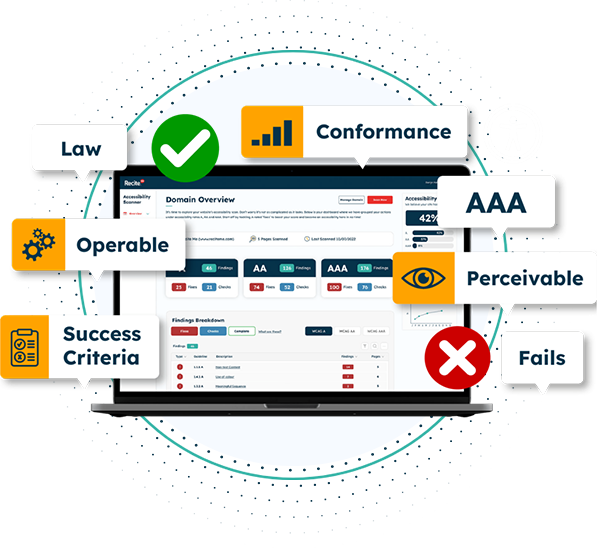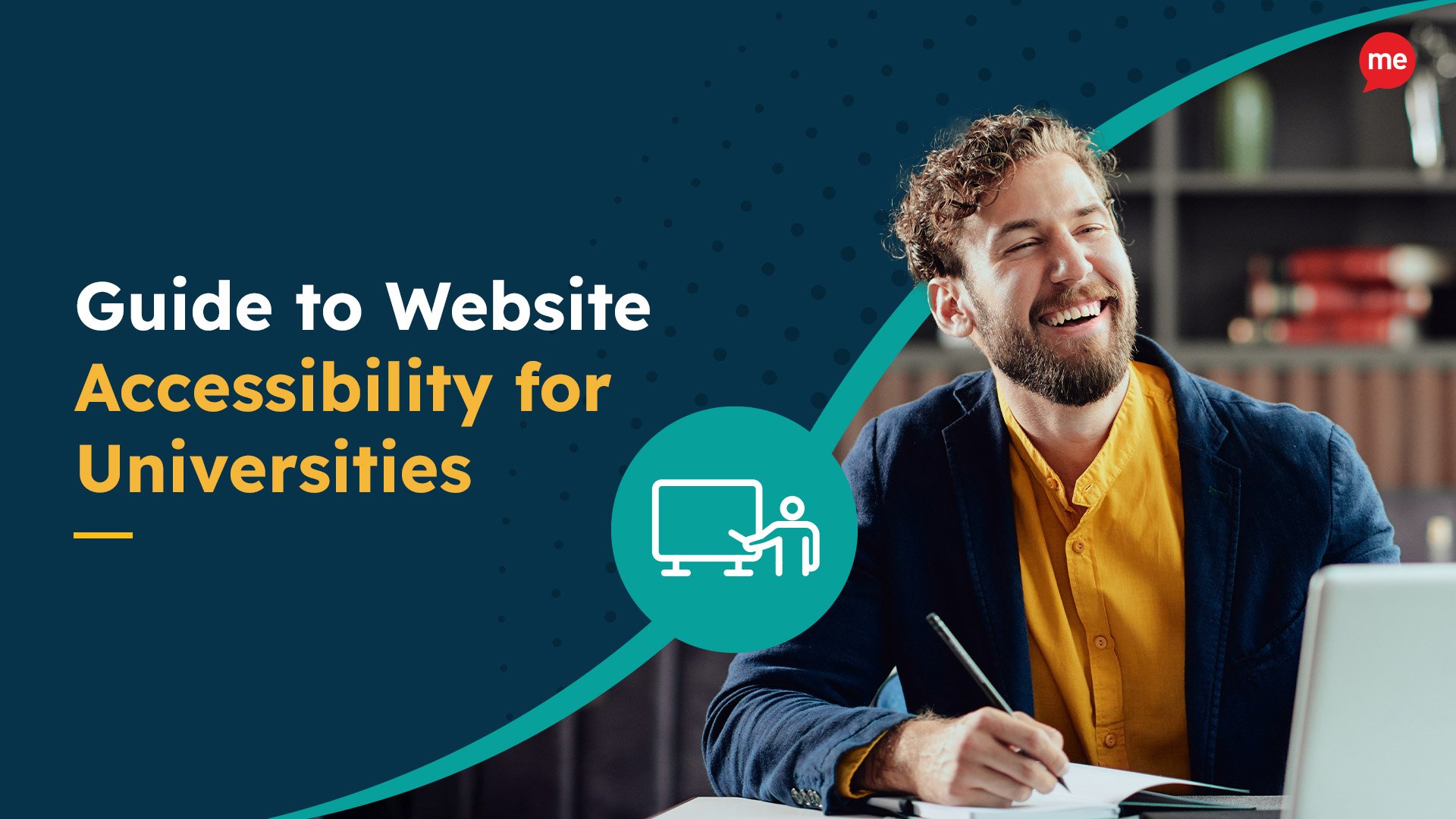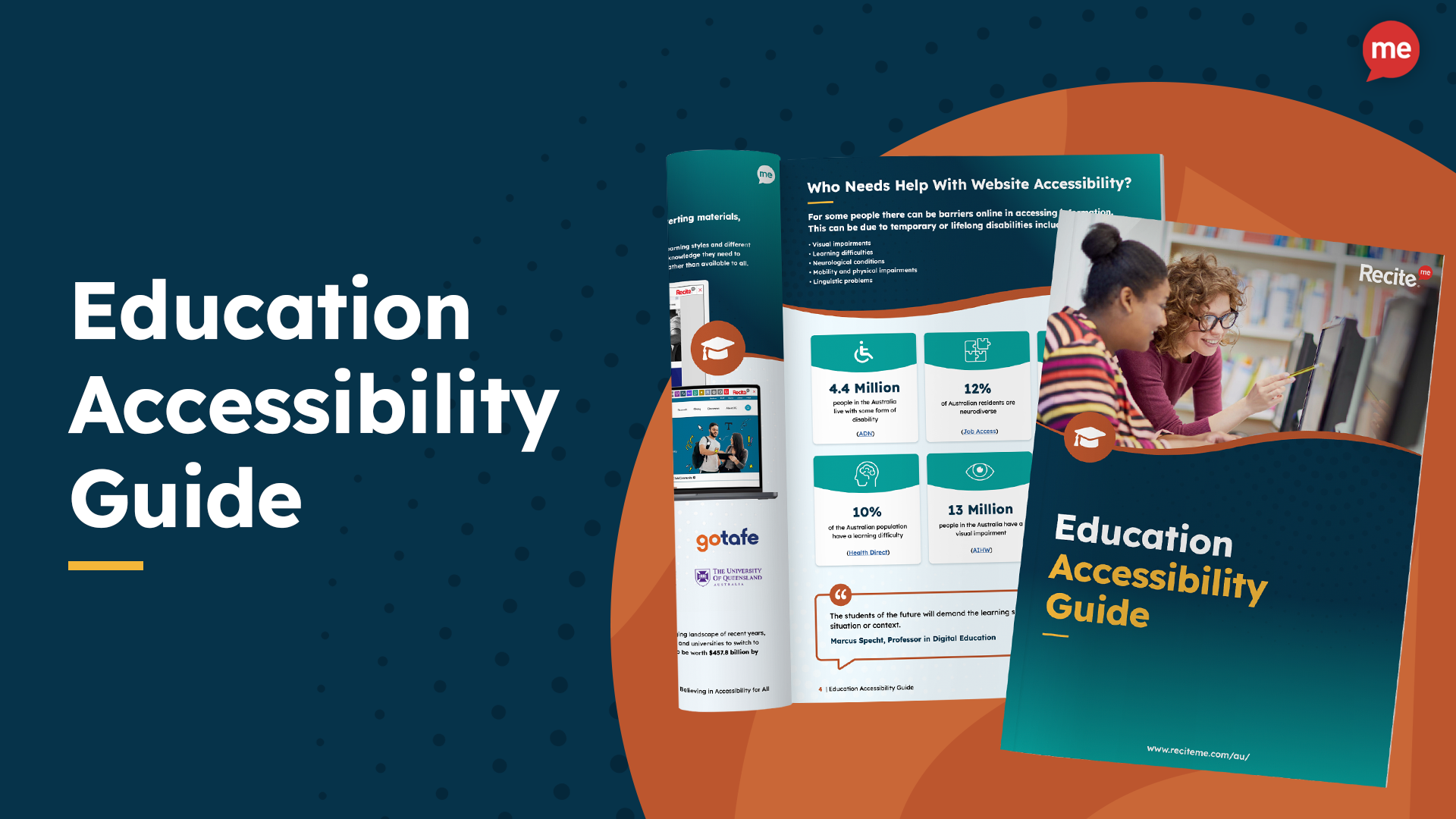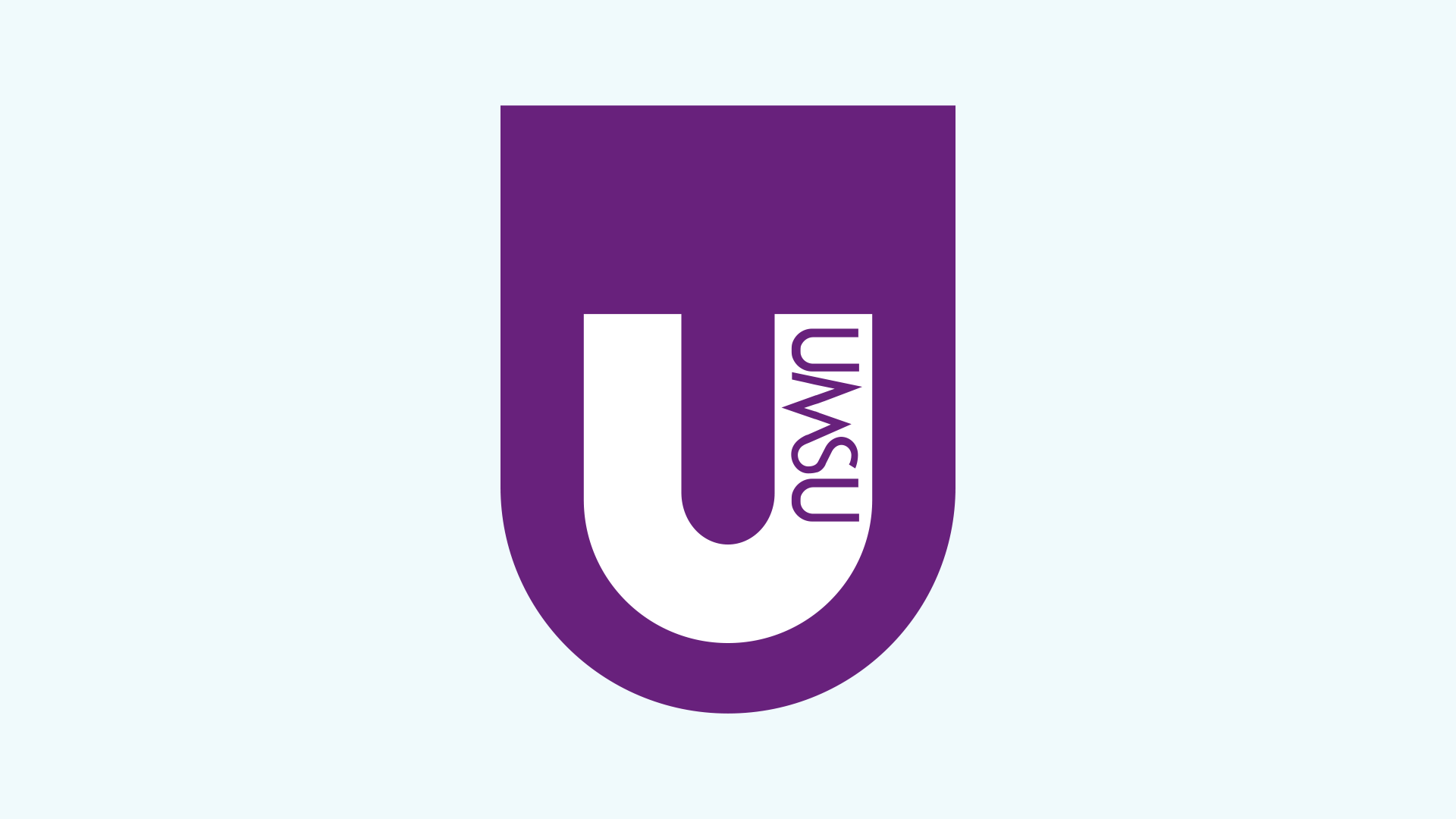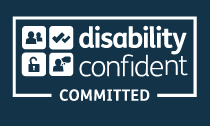Get Your Free Education Accessibility Guide
Download NowDiversity and inclusion in education is about more than just box ticking. It enriches the educational experience by encouraging interactions between people of various different backgrounds and sets the foundations for a fairer society altogether.
What is Diversity in Education?
Everyone needs access to a good education, to an education that suits their specific needs. Diversity is all about granting that access. The basic idea is that students of all different backgrounds, races, ethnicities, genders, ages, socioeconomic status, abilities, and cultures, all deserve a seat at the table, whether that be private school, state boarding school, grammar school, or any other type of schooling institute. Diversity is not only limited to the student body, but extends to teachers and other staff members too; even the curriculum should show diversity by reflecting a wide range of cultures and viewpoints.
In fact, diversity in education goes even further. It is specifically about ensuring marginalised groups and disadvantaged students have sufficient access to the schools they wish to attend, the courses on which they wish to be enrolled, and all the benefits that come with it. By focusing particularly on these underrepresented groups, we are able to grant them access to opportunities that they may not have otherwise been afforded, levelling the playing field as it were.

What is Inclusion in Education?
Inclusion follows diversity closely. That is to say that the job is not complete once underrepresented groups have been granted equal access to your school. They must then be given access to the tools, resources, and support systems necessary for them to thrive at that school.
Often, inclusion in education is about fostering an environment where every student feels valued, supported, and capable of reaching their full potential. For disadvantaged students, who often start their schooling years one step behind everyone else, this might mean supplying additional materials, adapting teaching methods, or modifying facilities so that everyone can reap the same benefit from the education system.
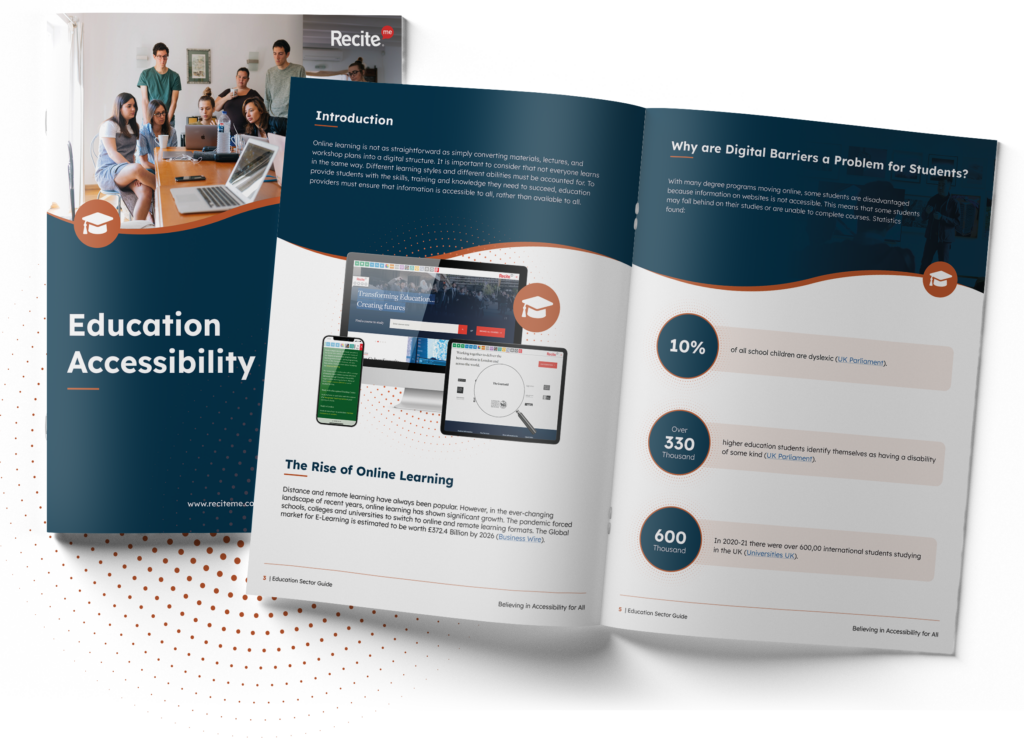
Download our Accessibility Education Guide
Download our inclusive education guide which looks at why digital barriers are a problem, who needs support, the importance of inclusive education, Recite Me clients, and an overview of our data from the past year.Why is it important to promote Diversity and Inclusion in Schools?
Children are the future of our society, and they spend their most formative years in school. Therefore, by doing all we can to ensure all students have access to a high quality education and the tools they need to reach their full potential, we are not only doing a great service to those students and their families, but to society as a whole.
Here are a few of the most important reasons to promote Diversity and Inclusion in the classroom:
- Preparation for an Interconnected World: Prepares students for a diverse world with varied individuals, viewpoints, cultures, and practices. Additionally, it equips students with skills to navigate and respect differences throughout life.
- Enhanced Educational Experience: Exposes students to a variety of perspectives, challenging their own beliefs and develops critical thinking, open-mindedness, and creativity.
- Broader Talent Pool and Innovation: A diverse student body brings in more talent and innovative ideas. This prepares the effectively for the workplace or for entering higher education.
- Positive School Environment: Students feeling valued and included are more engaged in their studies and school activities. Ultimately this leads to better academic results and overall well-being.
- Closing Achievement Gaps: Addresses systemic barriers faced by historically marginalised groups. Also, helps all students, regardless of background, to succeed.
Strategies to improve Diversity and Inclusion in Schools
Take a Holistic Approach to Admissions
Ensuring a diverse student body starts with the admissions process. This means that schools must be purposeful with their recruitment practices.
Rather than just maintain the same admissions process and hope for a diverse student body, schools should look to adopt a more holistic approach, one which has a broad range of criteria that extends beyond just academic performance. Such criteria might include things like personal experiences or geographical location, for example.
This approach helps to offer a more comprehensive view of each applicant, but changing a school’s recruitment process in this way requires a top-down approach that must come from the uppermost levels of governance.
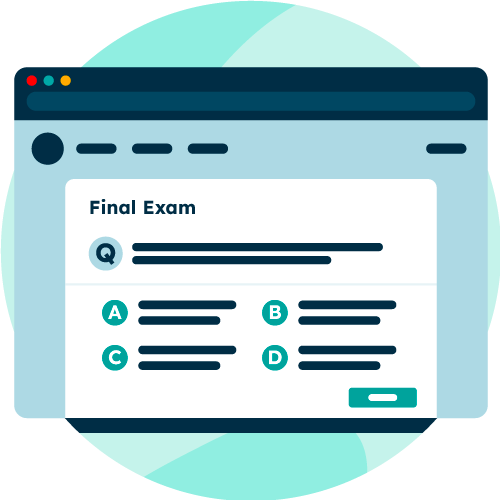
Build an Accessible Website
Websites are the storefront of all modern day institutions, and schools are no exception. They are the place where prospective students can learn about your facilities, your culture, the support you offer, and ultimately make their decision whether or not to apply to your school.
Therefore, diverse recruitment goes hand in hand with an accessibility in education. After all, if your website is not accessible for disadvantaged students, how can you expect them to apply?
The Web Content Accessibility Guidelines (WCAG) are a great place to start for some ideas on how to make your website accessible. WCAG is a set of standards published and updated by the Worldwide Web Consortium (W3C) regarding how to make websites, apps, PDFs, videos, and other emerging technologies more accessible for people with disabilities.
Provide Student Support for Disadvantaged Students
Student support services come in a range of different shapes and sizes, but at its core, it’s a way of creating an inclusive environment in which disadvantaged students can thrive. This means providing additional resources that are tailored towards students’ specific needs, such as counselling, language support, extracurricular tutoring, and more.
Additional support may even come in the way of ‘reduced size’ classes and free 1-to-1 sessions for students from a particular socioeconomic background, or assistive technologies such as Recite Me’s Accessibility Toolbar for the students with disabilities or non-native English speakers.
The good thing is that support for disadvantaged students can be packaged in a whole host of different ways. It just requires a bit of creativity and a real willingness to create an inclusive environment.
Monitor and Evaluate D&I Initiatives
Implementing all of these diversity and inclusion practices are great, but if you do not monitor the impact it is making on your organisation, then how can you be sure all your hard work is paying off? And if things are not working, how will you know which areas to work on?
To monitor the impact of your initiatives, choose key indicators, such as enrollment diversity or level of student participation in extracurricular activities, that you believe are a good measure of diversity and inclusion at your school.
Collect this data and conduct regular analysis so that you can identify areas for improvement and adjust strategies accordingly.
D&I Training and Knowledge Sharing
Providing ongoing training for teachers and other staff is an essential part of inclusion in education. And considering that employees these days are crying out for professional development opportunities, D&I training should be a welcomed staple at all schools.
Topics covered could include things like cultural competency, inclusive teaching practices, and unconscious bias, for example. So much of creating an inclusive space is reliant on positive interactions between staff and students, and regular D&I training plays a big role in ensuring this. More than anything, it helps teachers to understand and address the diverse needs of their students.
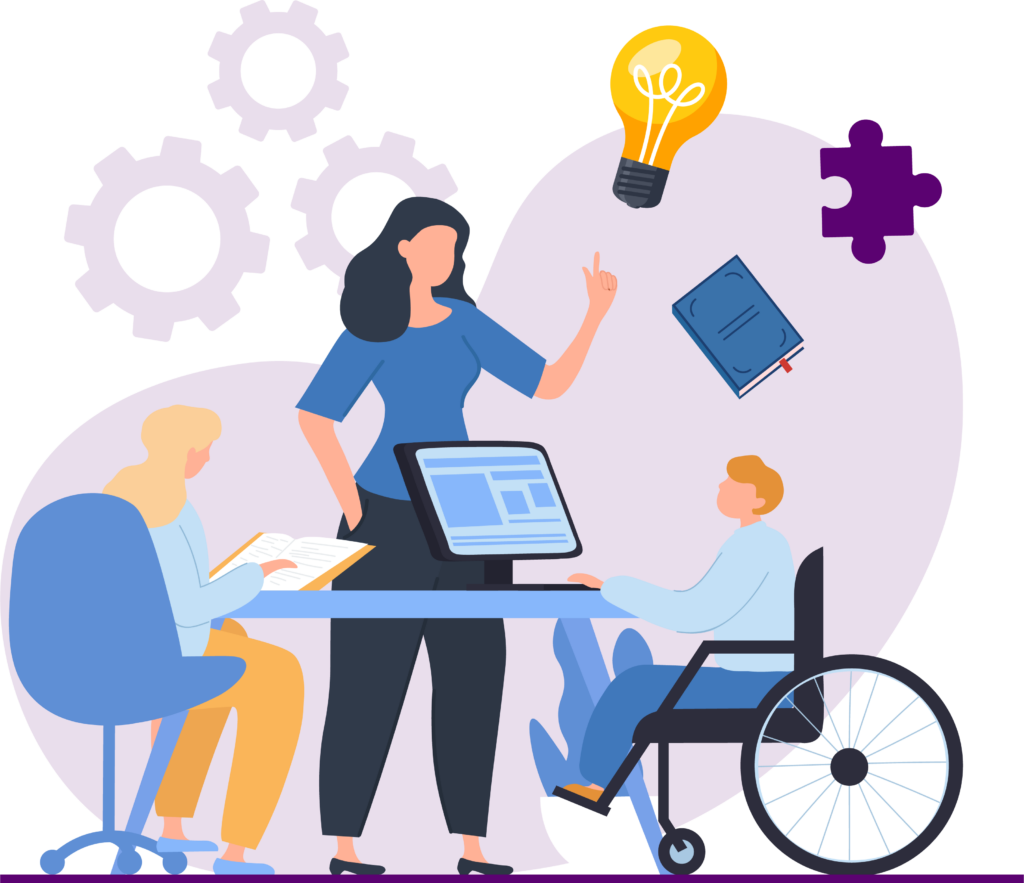
Benefits of D&I Strategies in Educations
Following best practices for diversity and inclusion in education has far-reaching benefits, extending beyond just the student population and into the wider society. A list of the most common D&I business benefits are outlined below:
- Better Educational Experience: Learning from others with different cultures, beliefs, and perspectives to those of our own is essential to promoting a healthy and flourishing learning environment for all.
- Curriculum Development: By integrating diverse topics, perspectives, and materials, such as books, into the school curriculum, students benefit by learning about a wider range of ideas.
- Increased Academic Performance: Increased diversity in education brings with it a broader talent pool. As students learn from each other and grow together, the knock on effect is an overall increase in academic progression.
- Compliance: By ensuring diversity and inclusion, you cover your school from any potential compliance issues relating to the various D&I regulations set out by the government.
- Healthier Schooling Environment: Inclusive policies and teaching strategies discourage things like bullying whilst simultaneously encouraging active participation in the classroom. This combination makes for a happier, healthier educational experience.
- Progressive Society: Beyond just education, diversity in schools helps contribute to a healthier society. Diversity challenges deep-rooted stereotyped preconceptions and demands that people challenge their unconscious bias whilst learning to communicate with people from a range of different backgrounds.
Our 40-page Digital Accessibility & Inclusion Toolkit helps businesses break down online barriers and make a real impact. It offers practical advice on all aspects of digital accessibility, from writing an accessibility statement to accessible website tips and inclusive hiring.
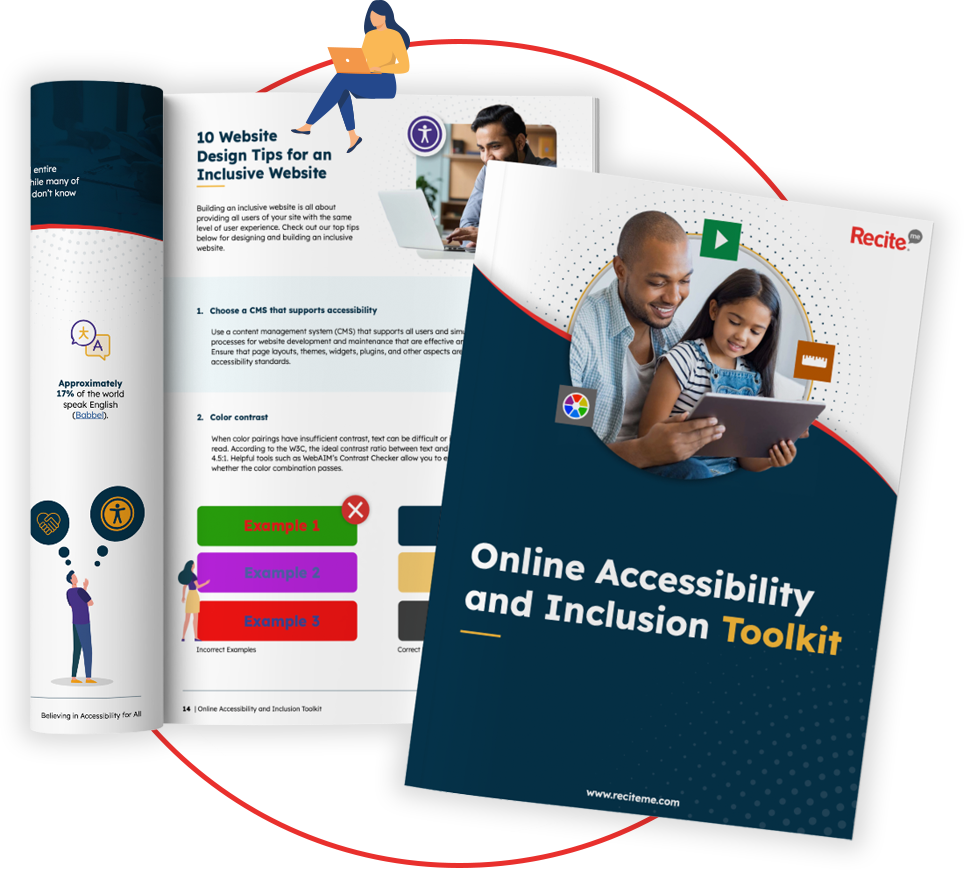
Regulations for improving D&I in UK Classrooms
A range of different government regulations exist in Australia to help eliminate discrimination, promote inclusion, and improve equality across society as a whole. This section outlines those that are most relevant to the classroom.
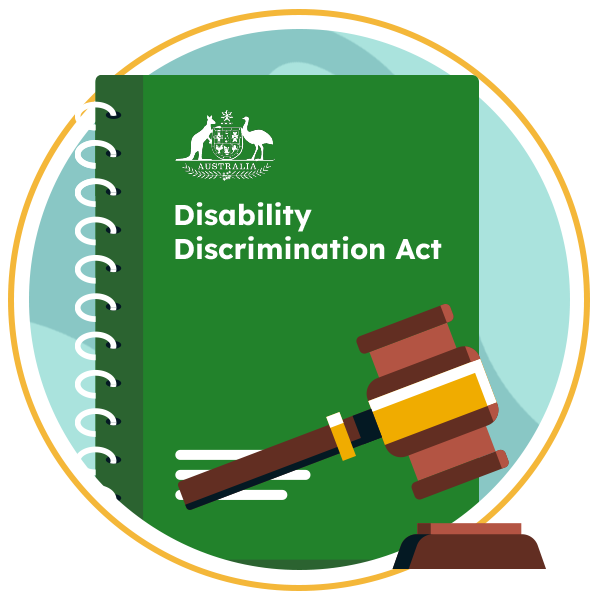
Disability Discrimination Act 1992 (DDA)
The Disability Discrimination Act aims to eliminate discrimination against individuals with disabilities across a range of different sectors, including education. It stipulates that schools must not only ensure that their disabled students have equal access to the school and its facilities, but that reasonable adjustments are made to cater for them. This includes things like teaching methods, examinations, and school facilities.
Reasonable adjustments may involve building a wheelchair ramp at the entrance to the school, a time extension for exams, or an assistive technology, such as Recite Me’s assistive toolbar, to aid students with sensory impairments.
National Quality Framework
The NQF sets a national standard for early childhood education and care services in Australia. It encompasses many things, but has a key focus on diversity and inclusion, setting guidelines that should be followed if you want to provide an inclusive environment for children with diverse needs.
Professional Standards for Teachers
The Australian Professional Standards for Teachers outlines the skills and competencies required for effective teaching. Diversity and inclusion related topics are featured a lot in these standards, particularly with regard to understanding and respecting Aboriginal and Torres Strait Islander histories, cultures, and languages, as well as how teachers can better cater to the diverse needs of students.
Tools to Boost D&I in Education
At Recite Me, we help organisations from all around the world become more inclusive with our range of accessibility tools, aiding educational institutions in a variety of different ways.
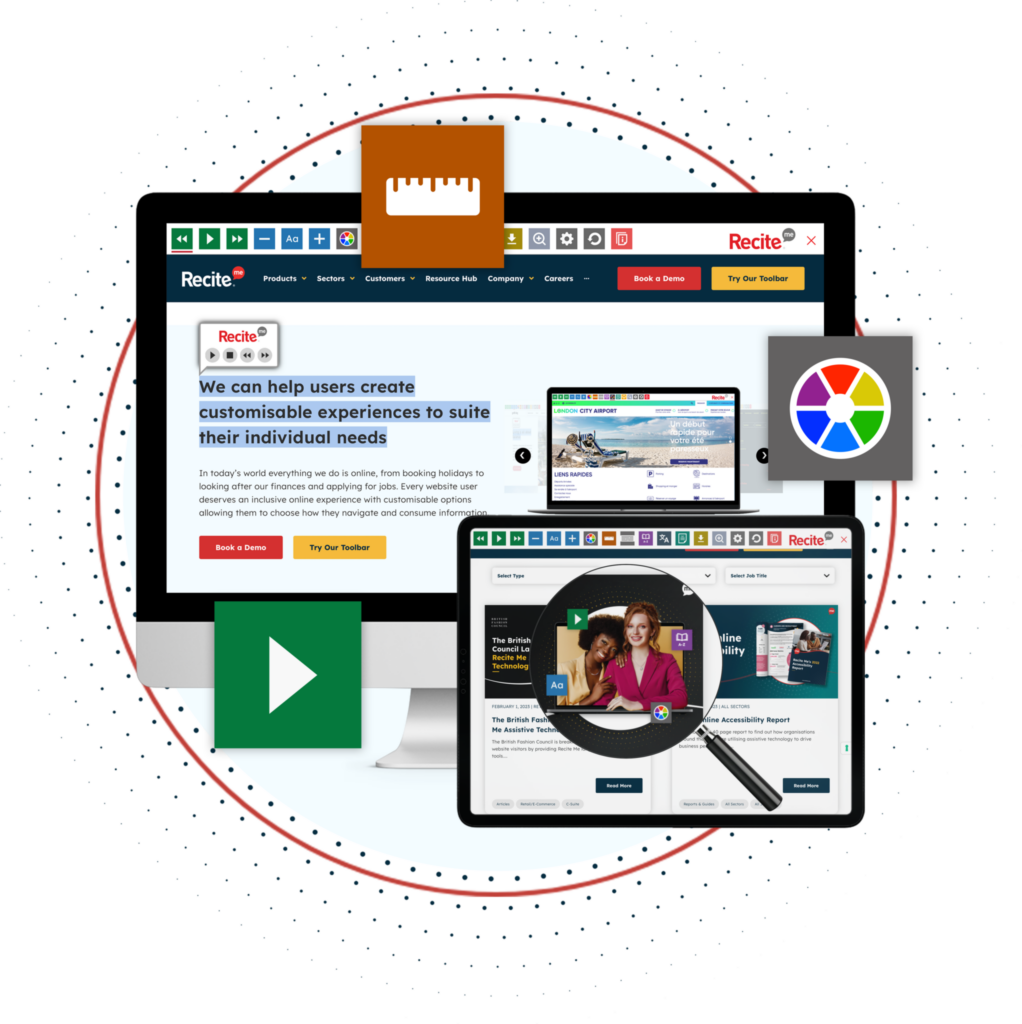
Accessibility Toolbar
Our Accessibility Toolbar is our longest standing product, it works by integrating with the universities, college or other institutions website. Once integrated, the toolbar can be used for a variety of different functions, mainly allowing the user to customise the website to suit their needs and preferences. Some of the Toolbars main features include:
- Personalise font size, colour and type.
- Screen Mask & Ruler tools for reading.
- Download written content as an audio file.
- Text to speech.
- Translation to over 100 languages.
- Customising PDF documents.
Accessibility Checker
Our Recite Me Accessibility Checker is a tool that higher education providers can use to highlight and fix inaccessible website design. The tool works by taking the URL of your website and performing a scan of the domain. The checker will then pull a report of accessibility issues into an actionable list, with suggestions and recommendations to help you resolve the issues. The step by step process of the checker is as follows:
- Step 1: Scan Your Domains
- Step 2: Identify Accessibility Issues
- Step 3: Fix Accessibility Errors
- Step 4: Track Your Progress
- Step 5: Download & Share and Accessibility Report
